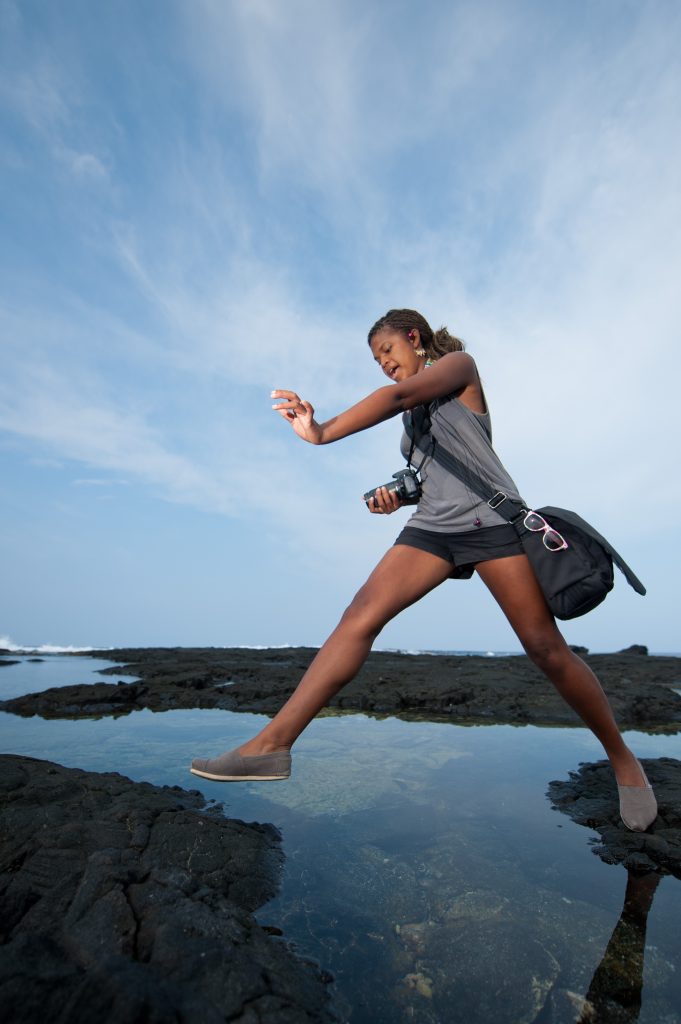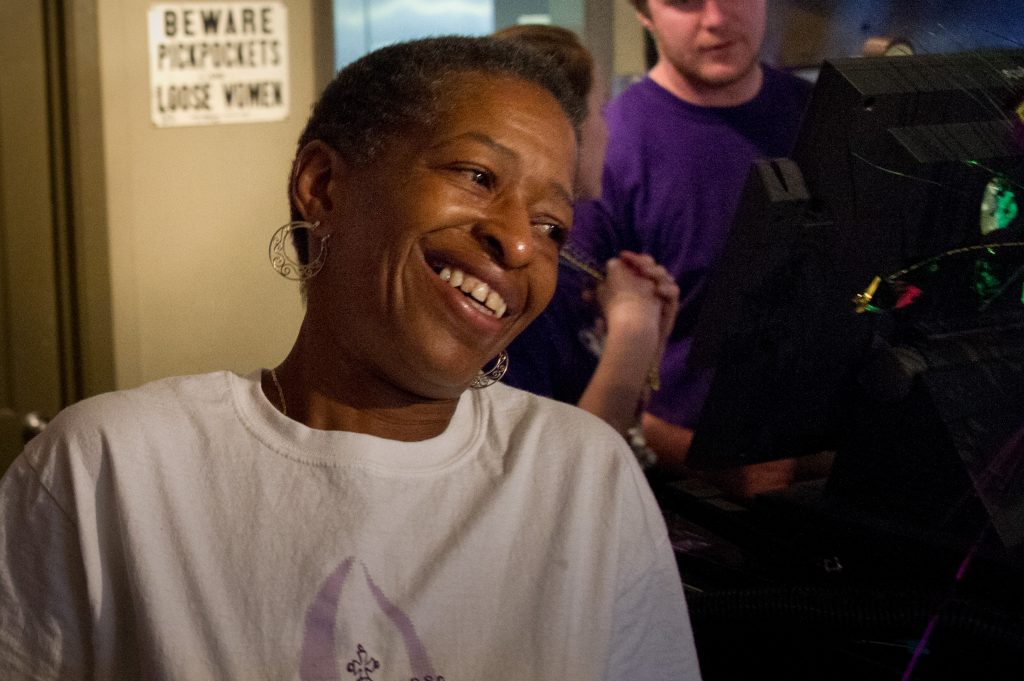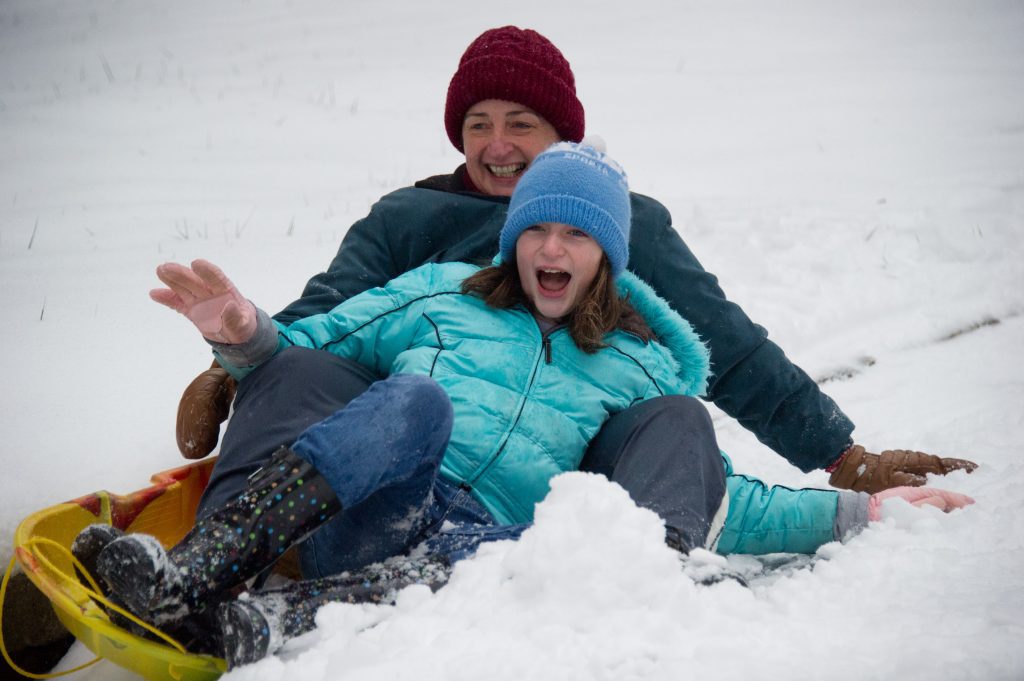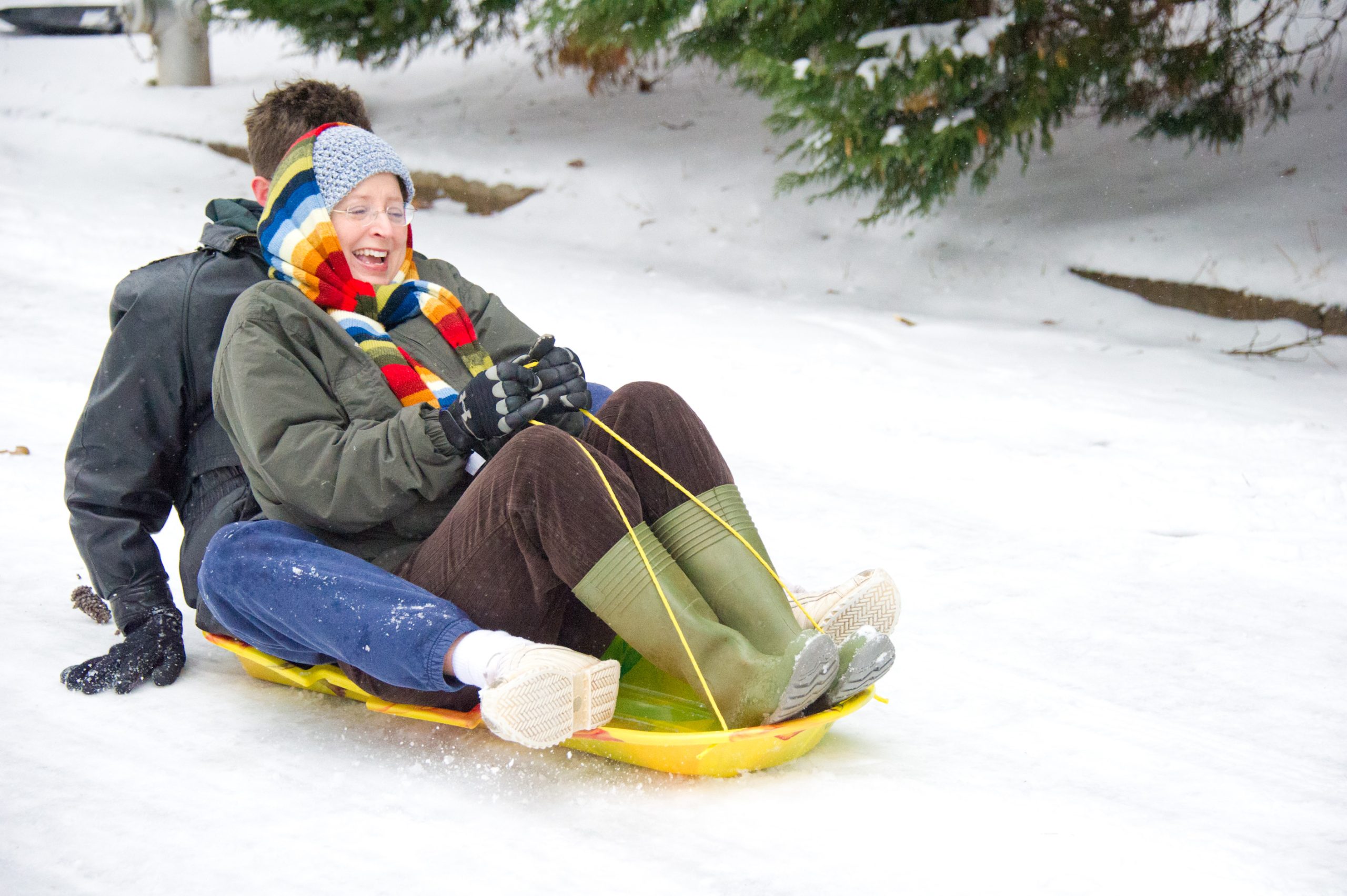“The instant can be the end product of a long experience as well as that of immediate surprise.”
–Henri Cartier-Bresson

This past week I was at the Museum covering the Founder of Chick-fil-A, Truett Cathy’s, 90th birthday. While there, I saw some of the exhibits of Henri Cartier-Bresson.
I think every photojournalist knows about their work and probably more about their philosophy of the Decisive Moment. This is when the photographer thinks, “I need a figure in that space, but just any figure won’t do. It must not merely fill the space but also give it an incomplete meaning. The figure must have a credible reason for being there, will have to relate to the space significantly, and will add something. Their appearance in that space must be considered to make the resulting picture clearly express what I want to say.”
This is when the timing is just right for the photographer when they click the shutter and capture the subject in a context that helps tell a story in a very compelling way.

I have a series of photos; this was the one where the water smashed against the rocks to help communicate the power of the ocean.
I think there are five steps that a photographer will go through to capture this decisive moment. First, there becomes a two-way relationship with the subject, which often goes like this.
- Genuine interest in the subject
- An effort is made to understand and know the subject.
- Due to this new knowledge, you have deductions about it.
- You now feel moved to say something about it.
- You say something when the subject is ready to participate with you.
Interest
I have been on those class or camera club assignments. You are just looking for something that fits the subject matter assigned. This will not get you a “Decisive Moment.” Having an interest that leads to enthusiasm and a desire to know it better would be best. This genuine interest is the first step.
Understanding
You must know a subject intimately before attributing a specific value to it through composition and timing. This intimacy helps you convey the subject’s purpose to their environment.

Barbara, the head cook at North of NOLA in Roswell, Georgia, is enjoying the moment during the busy Mardi Gras celebration.
How can you know the right moment to take a picture unless you have a good idea of what the subject means and what you are after? When you are interested in a topic, you learn more about it. You go below the surface stuff to the meat of the matter.
You must first know yourself before you will be able to know others. Then, you are in touch with your feelings and can empathize with the subject.
You will have some reference points in your life that help you connect to humanity. This will help you secure your subject with others as well.
As a result of our understanding of the subject, we react and our opinion or feeling about it. Based on this, we make photos.
Conclusions
The understanding you gained now helps you know the hook that will engage the audience and help you communicate the knowledge you now have to the audience compellingly. At this point, you no longer use “rules of composition” to guide you; instead, you move the subject around the frame and find a placement communicating your heart about the issue. This is not just the emotions, effects, intellect, and will.
Some photographers may zoom in and out, and others may move the subject all around in the frame until they feel the composition of the elements around the topic is helping capture much of the person’s essence.
Synchronicity
You can do everything up to here and never move to this step because this is where the subject must allow you the moment. They may relax in your presence, and you are just the fly on the wall able to be present with the person. They may give you a look that is personable and intimate. Underlying the first step is your willingness to be transparent with the subject. The more you are open and honest, then more the issue will respond in kind. The more you are closed off, the less the chance of a moment.

Serendipity
Doing the above steps regularly as you photograph subjects over time will develop a keen sense of moments. You will take nothing for granted and be ready for the slightest change. You are a master of your camera and can quickly make adjustments to capture any moment. You have done this long enough to translate your vision into the camera like muscle memory. You don’t have time to think but instinctively react because you have practiced and disciplined your routine of getting to know subjects to recognize the moments if they reveal themselves early in the process.
The prize
The prize is the relationship I have developed with a subject, and the photograph is just icing on the cake because I get to share this person with the rest of the world.

